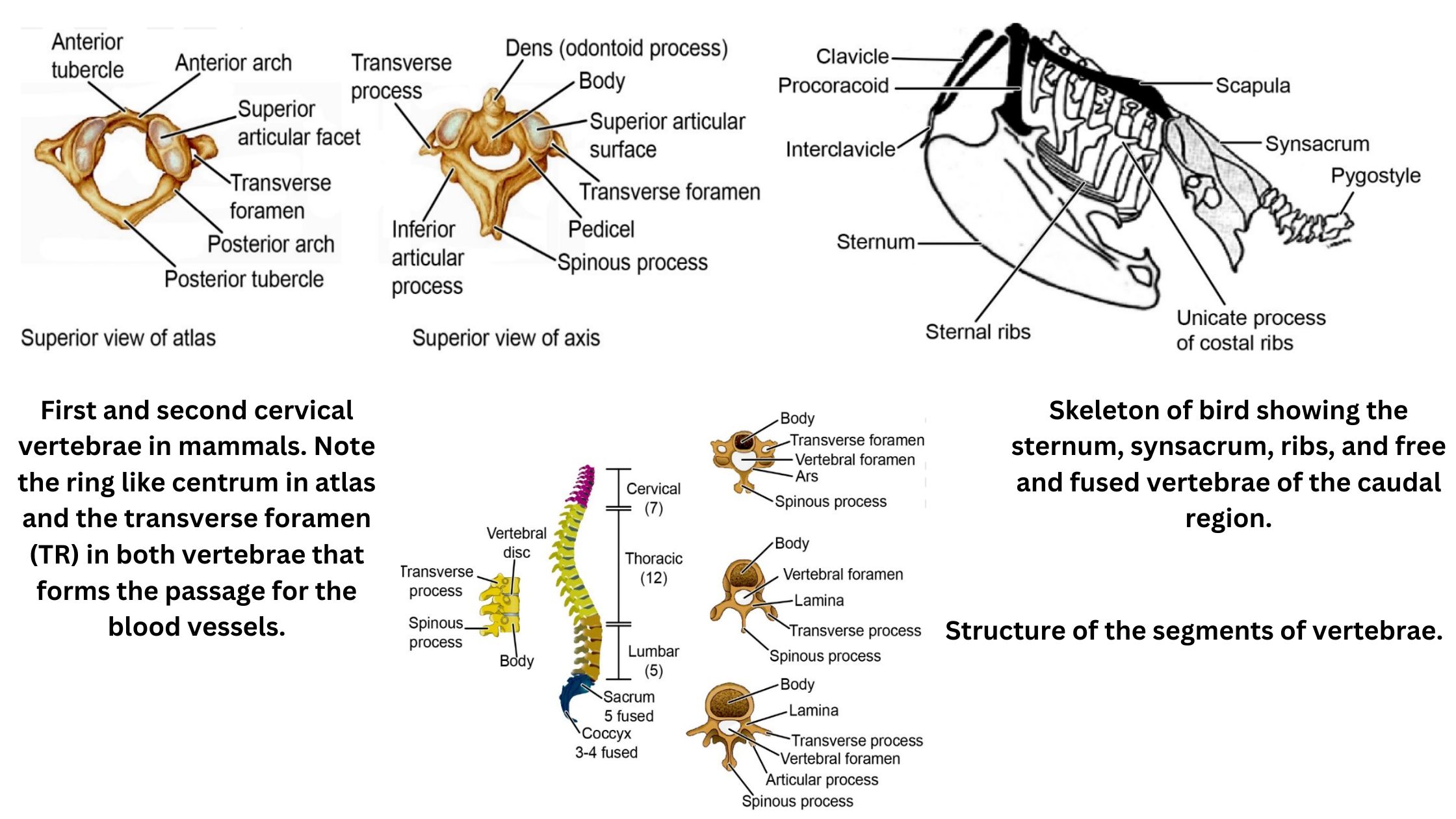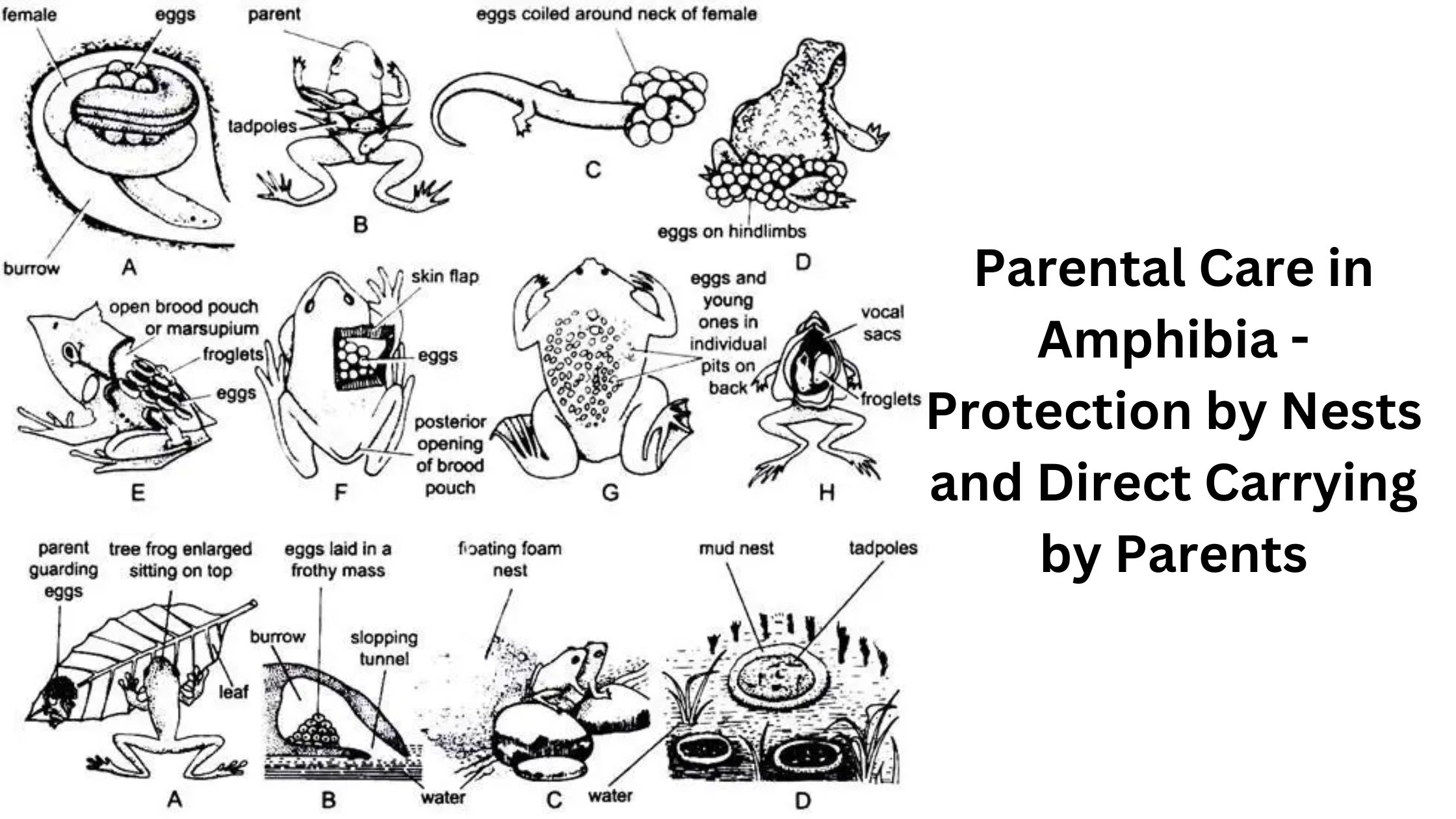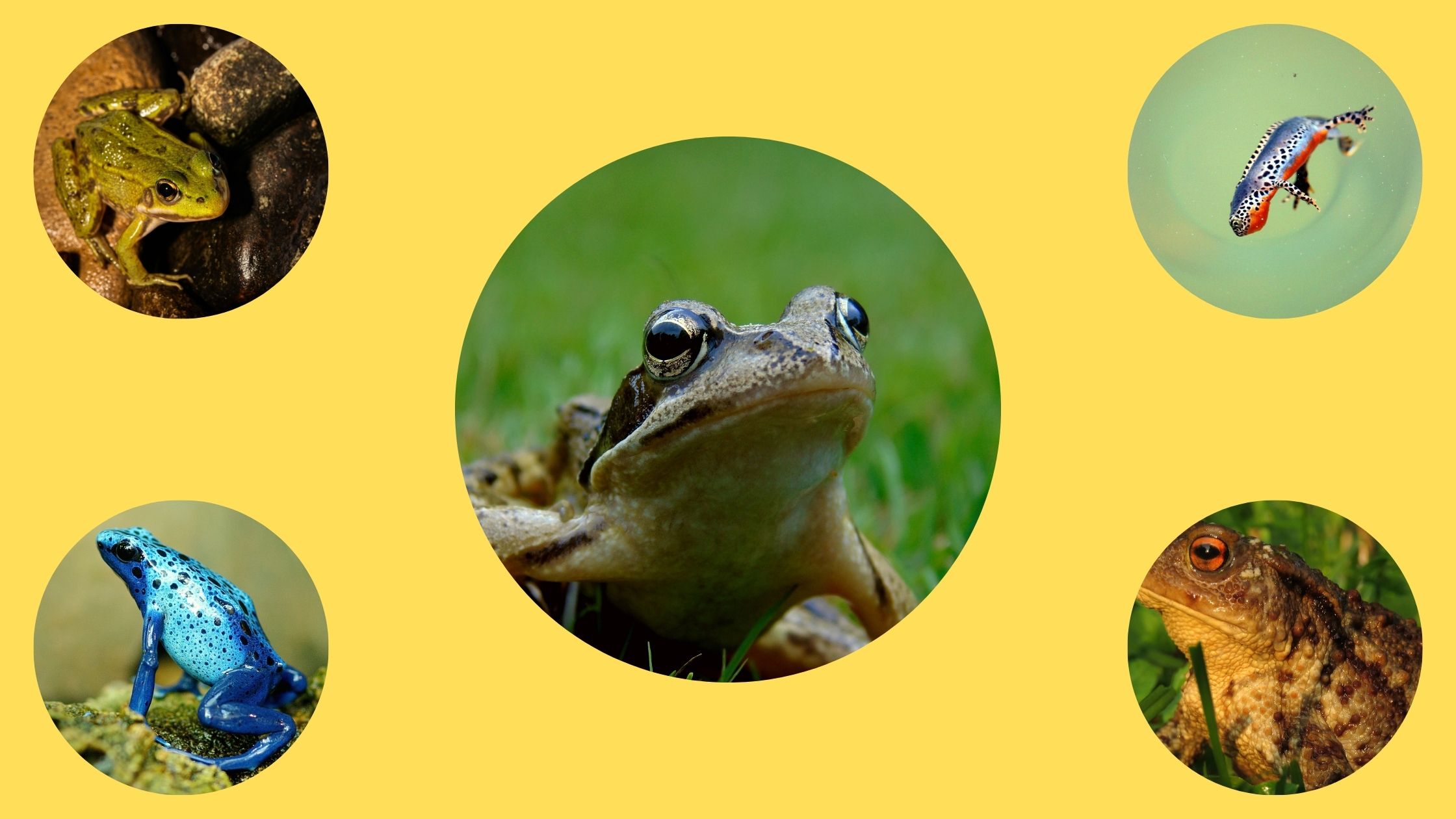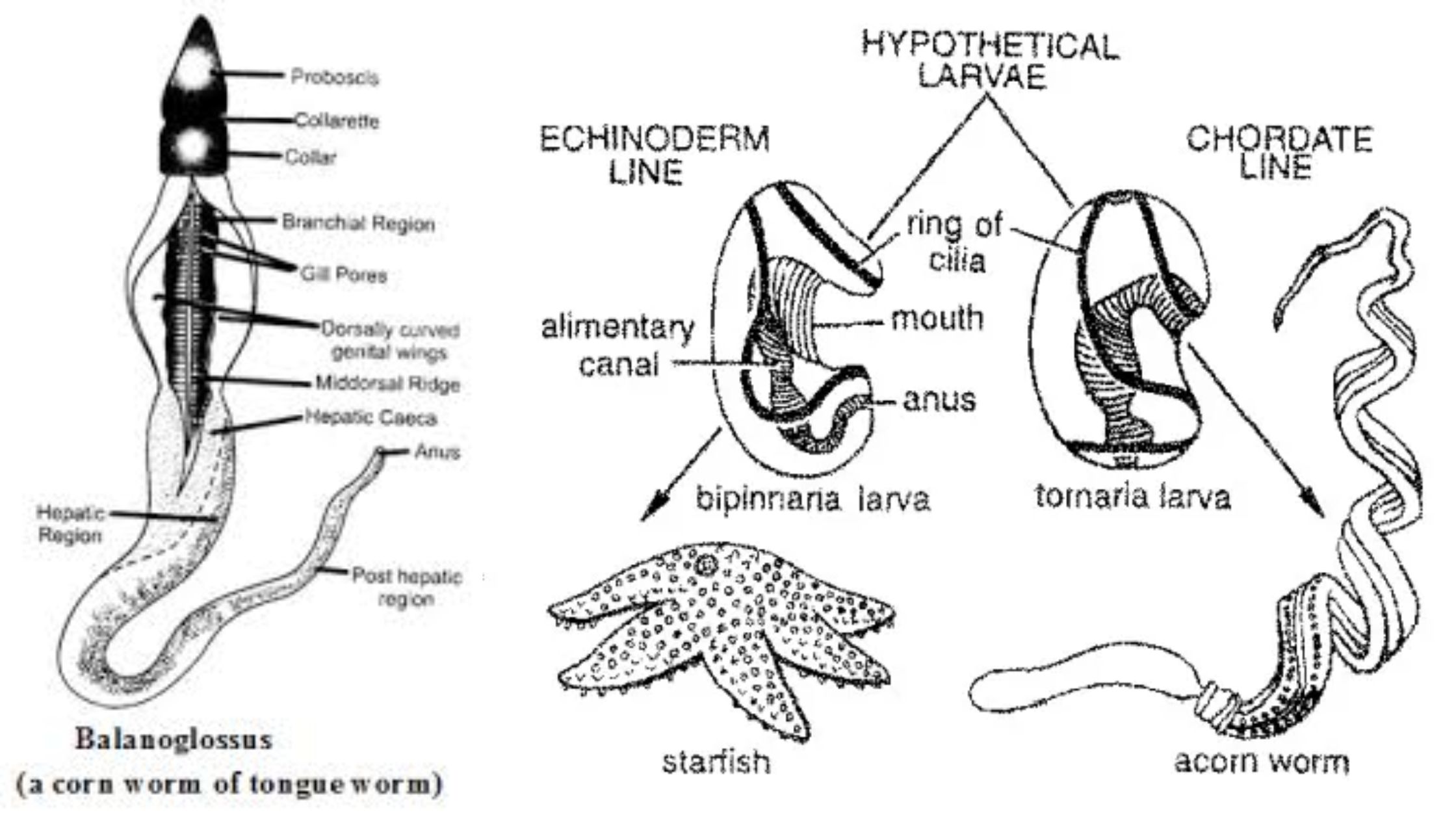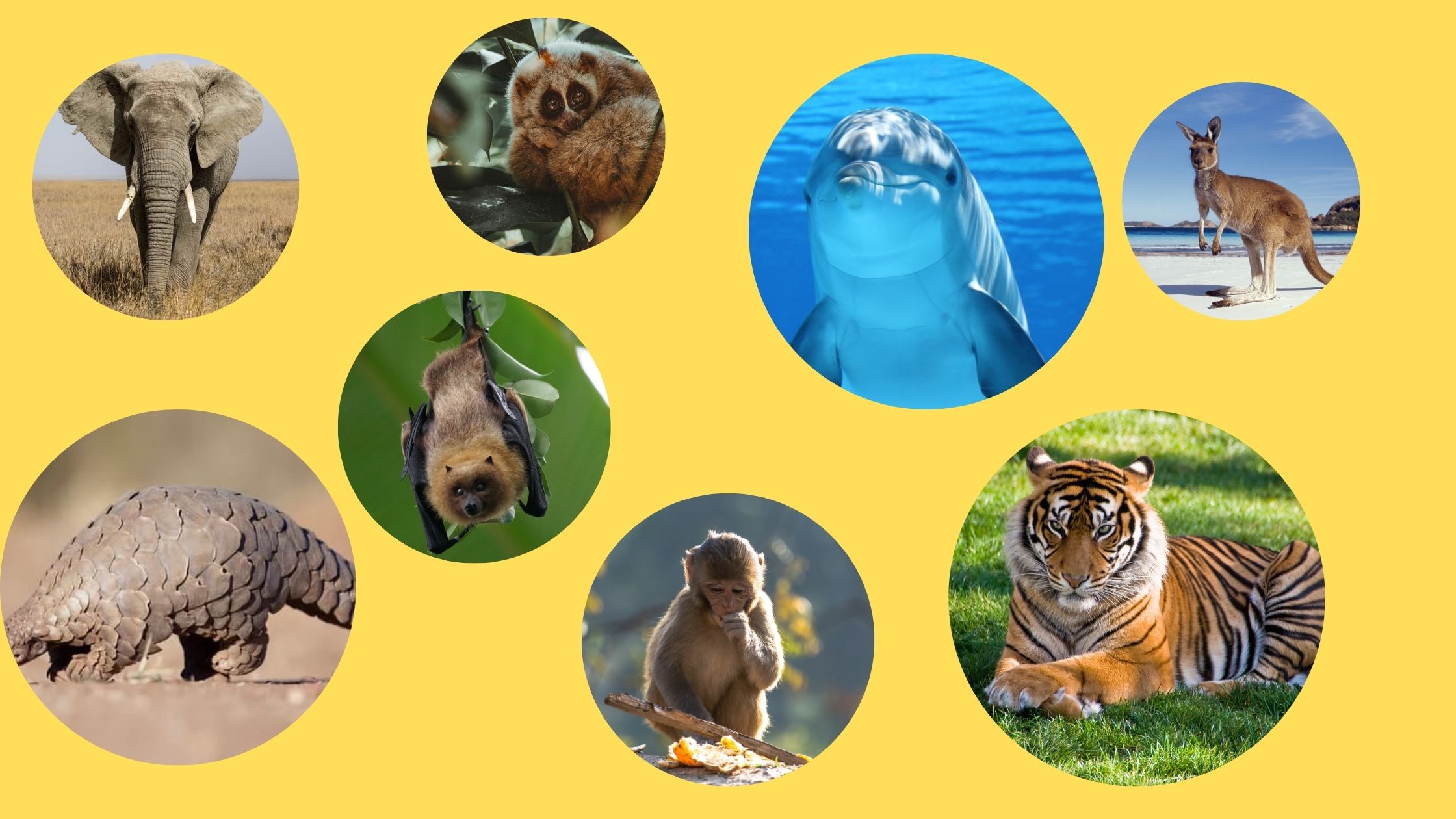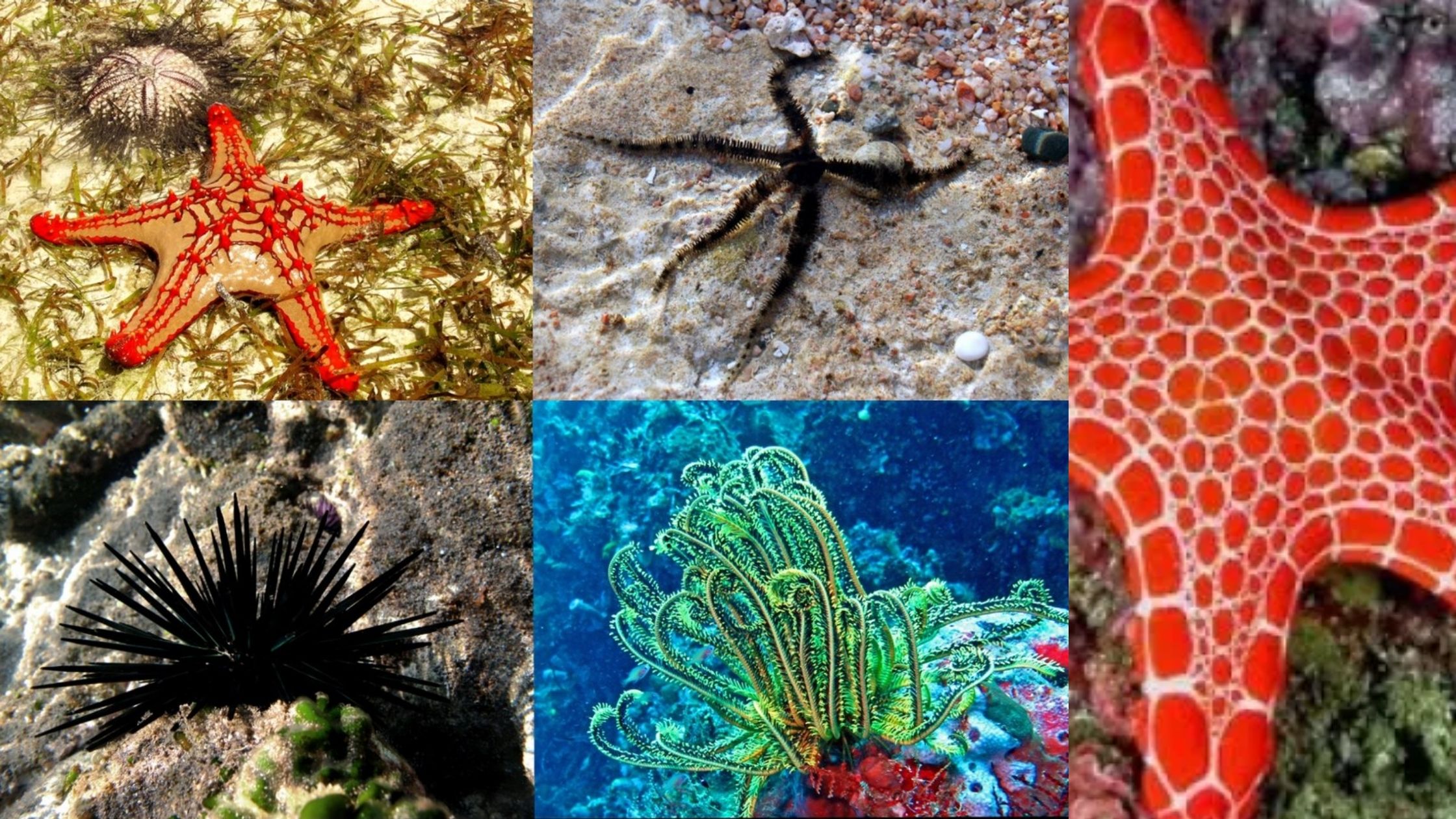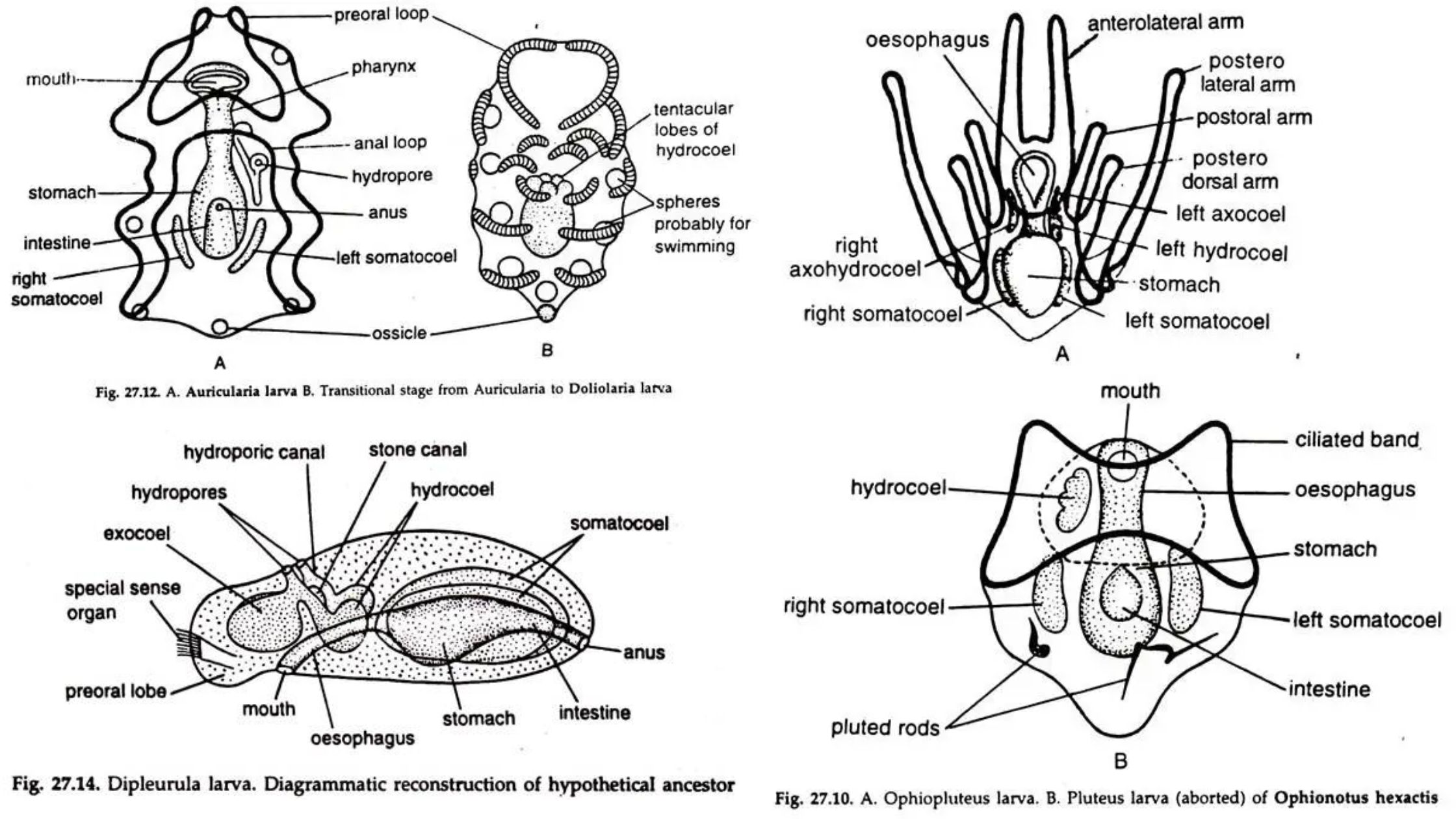Skeletal System In Vertebrates – Axial and Appendicular Skeleton
Cartilage and Bone: Key Components of the Vertebrate Skeletal System The vertebrate skeletal system is primarily composed of two types of connective tissue: cartilage and bone. Both play crucial roles in providing structural support, protection, and aiding in locomotion. Although both tissues are essential for the overall functioning of the skeleton, they differ significantly in … Read more
